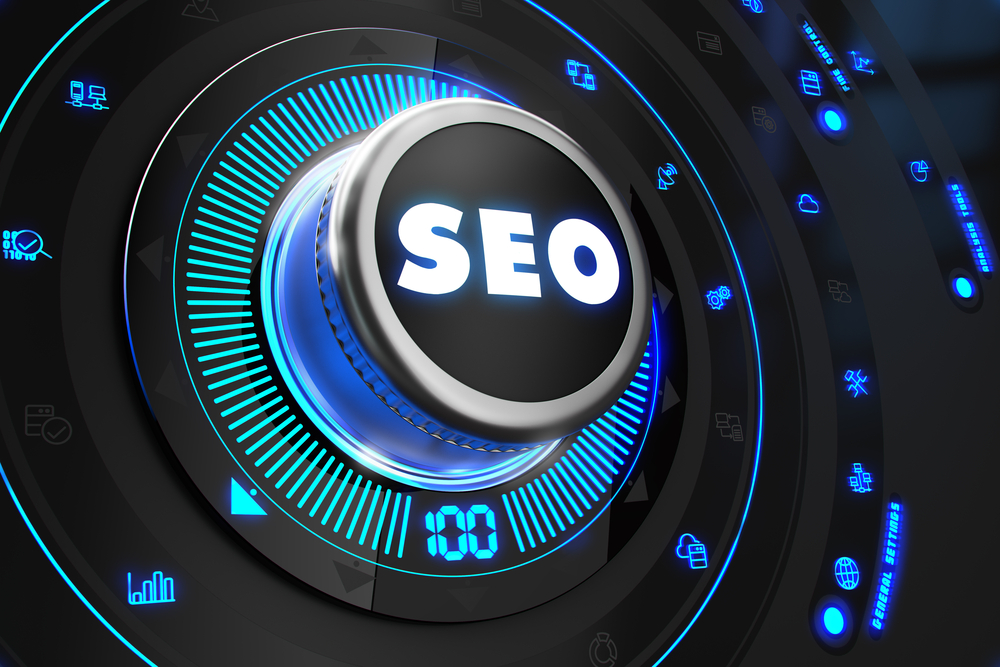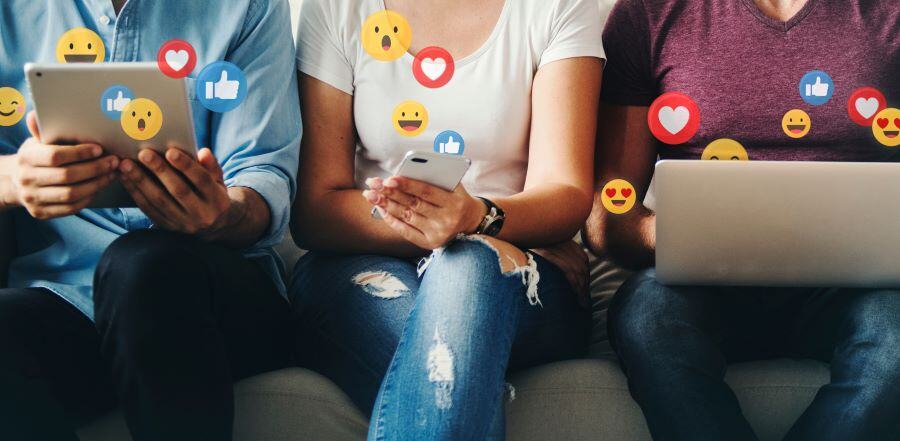What Does AI Mean for the Future of Copywriting and Marketing?
Over Thanksgiving, I introduced my mother-in-law to AI.
While waiting for the rest of the family to get back from a walk, I wanted to discuss something other than how to cook turkey and great ideas for pressure cookers. In desperation, I told her how AI makes awful recipes (it really does). We put ChatGPT on her phone, entered a few cooking questions, and laughed at the results (“mix the oil with eggs in the measuring cup, then cook at 400 times may vary…”).
The funny thing is — she loved AI and kept using the app. Suddenly, I was getting long messages and emails about other topics. How to best organize the garage. How to make handcrafted ornaments. After a few days, I got a message that simply read, “You know, this app can do writing for you. Are you looking for another job?”
Artificial Intelligence and the Creative Apocalypse
Writers, graphic designers, marketers, artists, scriptwriters and more have questions about their role in the age of AI. When machine intelligence can deliver passable work in no time and with no effort other than a few prompts, why must a business invest in a human?
It’s a serious question that’s become an existential crisis. Hollywood screenwriters stopped working for 148 days to renegotiate their contracts and put protections against AI in place. Maybe not now, but at some point, the content product of generative AI will rival and potentially surpass the work of a human. Who gets credit if a studio uses AI to edit a writer's work? What’s to stop an unscrupulous executive from getting a great idea from a writer and having AI finish the work? When does it become smarter and more cost-efficient for a marketing manager or a studio head to use AI rather than a creative?
The screenwriter’s strike ended with contractual AI protection for writers and actors, but this is likely the first skirmish in a long-running battle between workers and business leaders enamored with AI. At its core, this battle revolves around how best to use technology in business. How to balance the economic benefits of using learning machines against the capability of humans. How do you use this technology to enhance, rather than replace, human productivity and creativity? At what point are you holding back progress and unnecessarily increasing costs because you like people more than machines?
The Current State of AI for Business
These are questions that businesses, governments, industries and the public are grappling with. In October, President Biden signed an executive order covering security and safety standards for AI technology. The goal of the order is to support companies that are developing AI while protecting the public. It sets guardrails and restrictions to ensure the technology can’t be used in destructive and harmful ways.
This is a first step, but not the answer. Businesses can’t rely on the government alone to set responsible and safe standards for the use of AI. At some point, business leaders and marketers must set their own artificial intelligence guardrails. The benefits and risks of the technology are too great not to invest wisely and have a strategy in place.
The Benefits of AI for Productivity and Business
According to a study by MIT, generative AI can increase the productivity of highly skilled workers by as much as 40% when used to the best of its capabilities. Another study covering three different case studies of AI use in the workplace showed that employee productivity could increase as much as 66% with AI, with bigger productivity gains for more complex tasks.
Another research study by MIT and Stanford found that artificial intelligence tools boosted employee productivity by 14% at one company. The study covered AI use for over a year and measured the number of issues resolved per hour. It focused on over 5,000 customer service workers using AI to create conversational scripts. In this study, less-experienced and lower-skilled workers saw even more benefits, with a boost of 35% in productivity on average.
The key finding for these studies is that artificial intelligence can have measurable gains for businesses. However, the focus was not on replacing employees with AI but on providing workers with tools that helped them work faster and more efficiently. In none of the studies was a worker “replaced” by an AI. Instead, technology supported the existing employees, enhancing productivity.
The Risk of AI for Business
Artificial intelligence is also a risk for business. In a recent survey of more than 500 IT leaders, 59% of the respondents cited inaccuracy as a serious concern with AI, 73% believed that outcomes could be biased, and 79% reported serious data security concerns with the technology. These concerns were especially prevalent with using chatbots. For example, for a financial company or a tech firm, false information or a "hallucination" generated by an AI that is then provided to a customer or regulatory agency could have serious consequences.
Browse online news and you’ll find the internet littered with other examples of companies poorly implementing an AI strategy to disastrous results. Recently, Sports Illustrated was caught providing AI-written articles from AI-generated fake writers. The group that publishes Sports Illustrated blamed the mistake on a third-party content provider. However, it wasn’t until an outside group found the articles and investigated that any action was taken to remove the content. In another example, a law firm in California was caught using AI to prepare and write legal briefs. The AI cited fictitious lawsuits in the briefs, and the judge fined the firm.
In these cases, the business's risk is using AI to completely replace employee work and not setting guardrails for generative AI. Rather than enhancing employee work, technology replaced human effort and it caused problems. In all cases, there is an increased danger of biased outcomes, inaccuracy and potential business risk.
An Artificial Intelligence Strategy That Works for Business
For businesses facing a world with AI, now is not the time to close your eyes and hide. You need an AI strategy if you’re a marketing or business leader. The question isn’t if you will use AI but when. Will you have the guidelines and guardrails to protect yourself and your employees? Will you control and manage the technology, or will the technology control you? Are you going to benefit from AI, or are you going to let the competition seize an advantage?
Here are a few things to consider as you develop your AI strategy:
Identify Where AI Can Benefit Your Business
There are some things that generative AI can do well, and some things it can’t. For example, the chatbot for directing calls is a mature technology that you can reasonably rely on with some supervision. Using a chatbot as the sole channel for customer service is a recipe for disaster. Evaluate your business to identify areas that can be enhanced with AI and find the tasks that an AI can’t do (for example, writing legal briefs). With this list, you can begin developing guardrails for your business. Make sure to clearly communicate the AI expectations for all stakeholders and let everyone know the risks you’ve identified.
Select Your AI Tool
Which tool are you going to use? Are you going to let employees use Google Bard? Or maybe you want them to log into ChatGPT using their work credentials? There are several AI copywriting tools that you can train, including Jasper AI and Rewording. AI can also analyze massive data sets to filter the findings into meaningful insight. But which AI will you use? Which systems need to be restricted? Does your ERP or financial system have one, or will you find a third-party resource? You need to answer these questions before launching your artificial intelligence system internally.
Set Best Practices and Processes for AI Use
Setting guidelines, expectations and even best practices for artificial intelligence can prevent problems and ensure you get maximum benefits from it. For example, AI can be an excellent tool for research, but as previously mentioned, you can sometimes get false results, known as hallucinations. An AI just makes stuff up. Using AI for research, you’ll need a process or practice to find and remove the hallucinations. No research from artificial intelligence should ever get to a customer or the public without a human review. Those practices and processes will enhance productivity and protect your business.
Develop Employee AI Training
Now that you know how generative AI can be used for your business and have developed best practices, it’s time to train employees. As intuitive as AI may seem, it can be easy to find shortcuts that can lead to problems, or employees can get into bad habits. Training, setting expectations and communicating best practices can stop problems before they happen. Schedule time to evaluate and review if additional training or guardrails are necessary. Stay on top of the technology to protect yourself, your employees and your business.
The Marketing and Creative Apocalypse Is on Hold
My mother-in-law can rest easy.
For now, the evidence isn’t there that we are on the cusp of an artificial intelligence apocalypse with hordes of robots coming for our jobs. There is ample proof that the businesses that are trying to do too much with generative AI, by full-scale replacing living employees with computer code, are finding themselves in trouble. Examples of success in using AI for business show that aligning employee work with the power of AI delivers the best results.
But that doesn’t mean marketers, copywriters, graphic designers, coders and more should rest easy. AI is a disruptive technology that will require us to adapt and relearn how we work. Rather than running from ChatGPT and AI, we should embrace it. Look at how it can improve your work and use it to work more efficiently.
Businesses aren’t going to fire their marketing department. Instead, they will start prioritizing employees with experience and skill in safely and successfully using AI. As other technology platforms begin incorporating AI tools, like HubSpot, Epicor and Oracle, the demand for employees who can use them will only increase.
So, the question for marketers isn’t if you can survive joblessness or the AI apocalypse, but what can you do to make the most of the new tools and technologies that artificial intelligence has delivered?
If you have questions or want to look at how you can best make use of artificial intelligence, business intelligence, or a new platform like HubSpot, then contact the experts at GO2. We partner with businesses to develop long-term solutions and services that empower sustainable growth. Let’s talk today about how we can help your business.
Share this
You May Also Like
These Related Stories

How to Use SEO and Online Search Strategies: A Digital Marketing Guide for Business

A Guide to Social Media for Businesses

